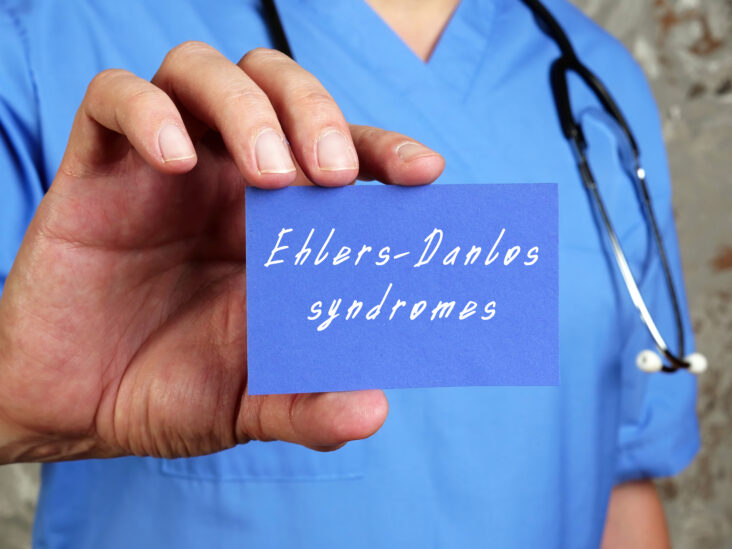Click Here to Download this Blog Post – Ehlers-Danlos Syndrome (EDS) Hypermobility Diagnosis and Treatment (Part 3)
By Dr. Nicholas L. DePace, M..D., F.A.C.C – Cardiologist specializing in autonomic dysfunction, Ehlers-Danlos syndrome and POTS.
Understanding Hypermobility: HSD vs hEDS
Our clinic treats patients with hypermobility (being “double-jointed” or “bendy”), which mainly fall into two groups:
- Hypermobility Spectrum Disorder (HSD)
- Hypermobile Ehlers-Danlos Syndrome (hEDS)
Both are complex and affect the whole body. It’s easy to get lost in the details of diagnosis, but the most important thing to remember is that the treatment for both HSD and hEDS is often identical.
Patients want a diagnosis, but what they need most is a plan to manage their symptoms and feel better.
Our 3-Step Approach to Hypermobility Diagnosis & Treatment
Therefore, our clinic’s process is clear:
- Safety First: Immediately rule out the one life-threatening type, vascular EDS (vEDS). All other types, like hEDS and HSD, are not life-threatening (they just impact the quality of life).
- Get a Diagnosis: After confirming it’s not vEDS, we run tests to accurately diagnose which hypermobility disorder the patient has.
- Create a Treatment Plan: We then build a plan focused on relieving the patient’s symptoms, improving their quality of life, and increasing their productivity.
Why Expert Evaluation Matters
It is important to seek out a clinician with expertise in EDS to make an accurate diagnosis and create a treatment plan. One of the nation’s leading centers is Franklin Cardiovascular Associates, under the direction of Nicholas DePace, MD, FACC. They are located in Sicklerville, New Jersey. franklincardiovascular.com, (856) 589-6034
About the Author
Nicholas L. DePace, MD, FACC is a board-certified cardiologist and Medical Director of Franklin Cardiovascular Associates. A graduate of the Mount Sinai School of Medicine, Dr. DePace has decades of clinical, academic, and research experience and has held faculty appointments as a Clinical Professor of Medicine, becoming one of the youngest full professors in Philadelphia at the time of his appointment.
Dr. DePace specializes in the diagnosis and treatment of autonomic nervous system dysfunction (dysautonomia), including POTS, autonomic dysfunction associated with Ehlers-Danlos syndrome (EDS), chronic fatigue, and anxiety-like conditions that are frequently misdiagnosed. He is nationally recognized for his work on parasympathetic and sympathetic (P&S) nervous system imbalance, a core mechanism underlying many complex chronic disorders.
In addition to treating patients from across the United States, Dr. DePace is a prolific clinical researcher and author of multiple nationally distributed medical textbooks published by Springer and W.W. Norton, focusing on autonomic dysfunction, mitochondrial disorders, cardiovascular disease, and mind–body medicine.
👉 View Dr. DePace’s professional profile
👉 View medical books by Dr. DePace







